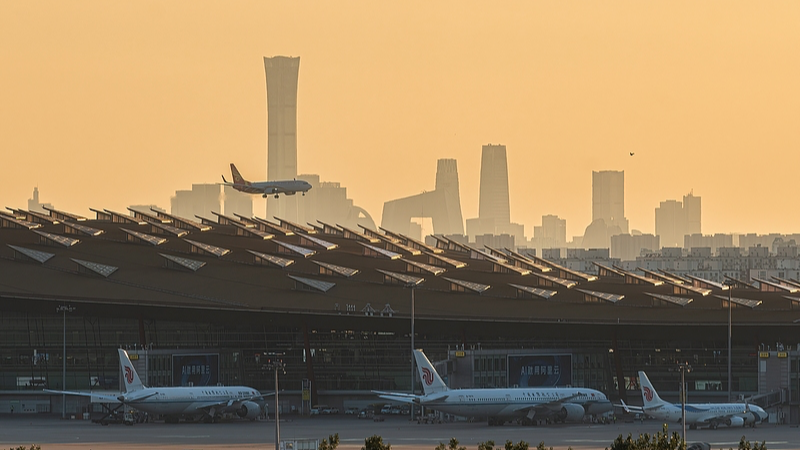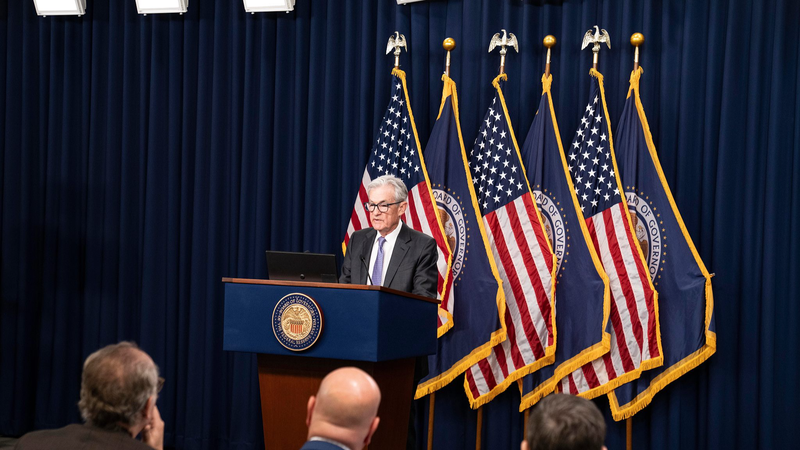Southwest China's Chongqing Municipality is setting the stage for a future of high-quality development and efficient governance, aiming to significantly contribute to Chinese modernization. In a press conference held on Wednesday in Beijing by the State Council Information Office, Chongqing's mayor, Hu Henghua, outlined the city’s ambitious plans.
Highlighting Chongqing's distinction as the provincial-level municipality with the largest jurisdictional area and highest population among Chinese cities, Hu emphasized the city's crucial role in key strategic initiatives. These include the Chengdu-Chongqing economic circle, the Yangtze River Economic Belt, and the New International Land-Sea Trade Corridor—a comprehensive network integrating rail, road, and sea transport established in collaboration with Southeast Asian countries.
With impressive economic figures showcasing a 6.1% GDP growth last year and a 6.2% increase in the first quarter of this year, Chongqing is making significant strides in driving its own chapter in Chinese modernization. Hu stressed that the heart of the city lies in its people, reaffirming Chongqing's commitment to building a people-oriented urban environment.
Addressing the challenges posed by Chongqing's complex terrain, Hu highlighted the development of 13 urban rail lines spanning 538 kilometers and the introduction of customized short-distance bus routes. These initiatives are designed to simplify travel for residents, making daily commutes more convenient despite the city's hilly landscape.
Looking ahead, Chongqing plans to enhance its digital city operations and governance capabilities. The city aims to develop more effective and user-friendly digital applications while continuously exploring innovative paths for modern governance in mega-cities. These efforts are part of Chongqing's broader strategy to foster sustainable and efficient urban development.
Reference(s):
Chongqing eyes high-quality development, high-efficiency governance
cgtn.com



